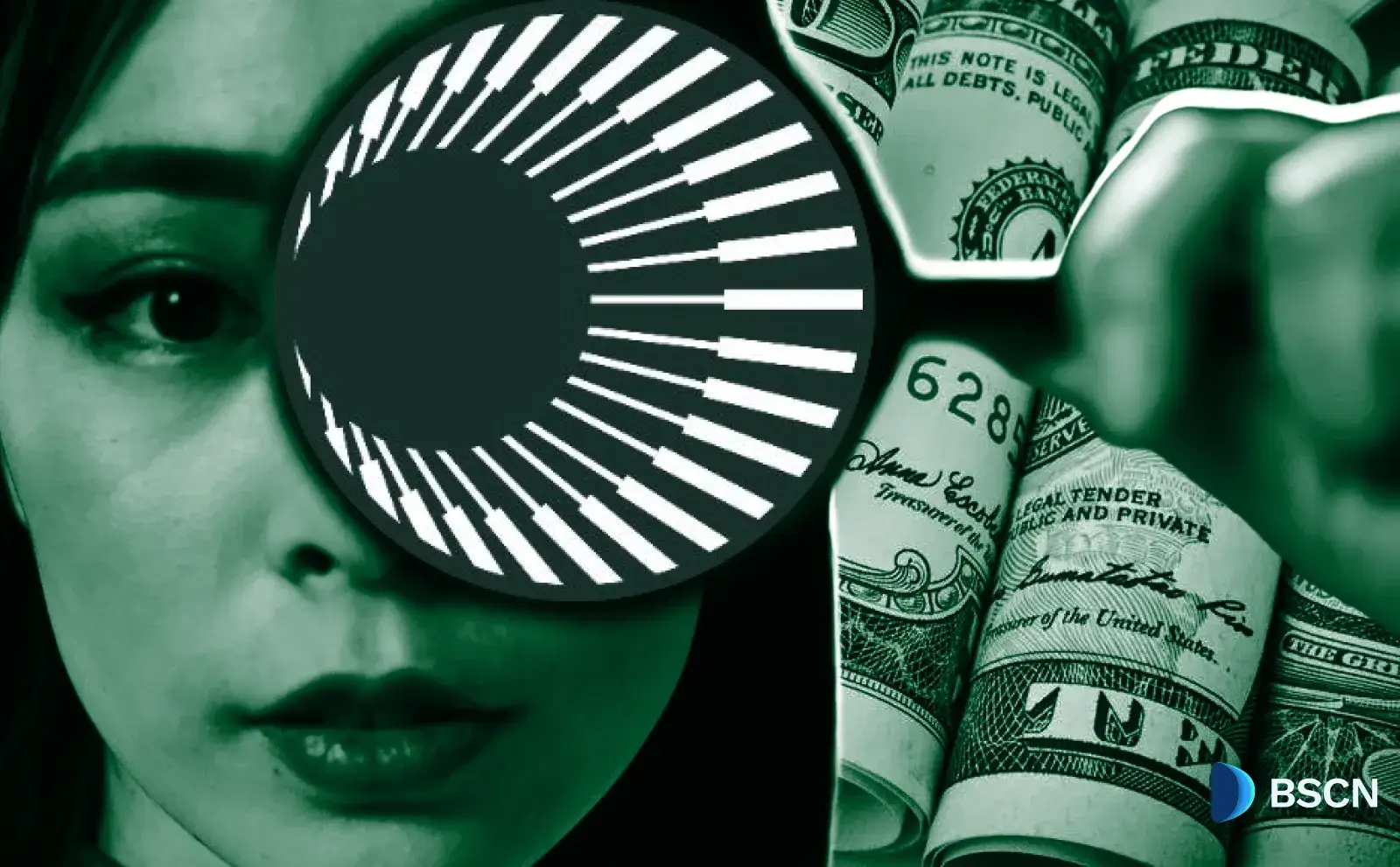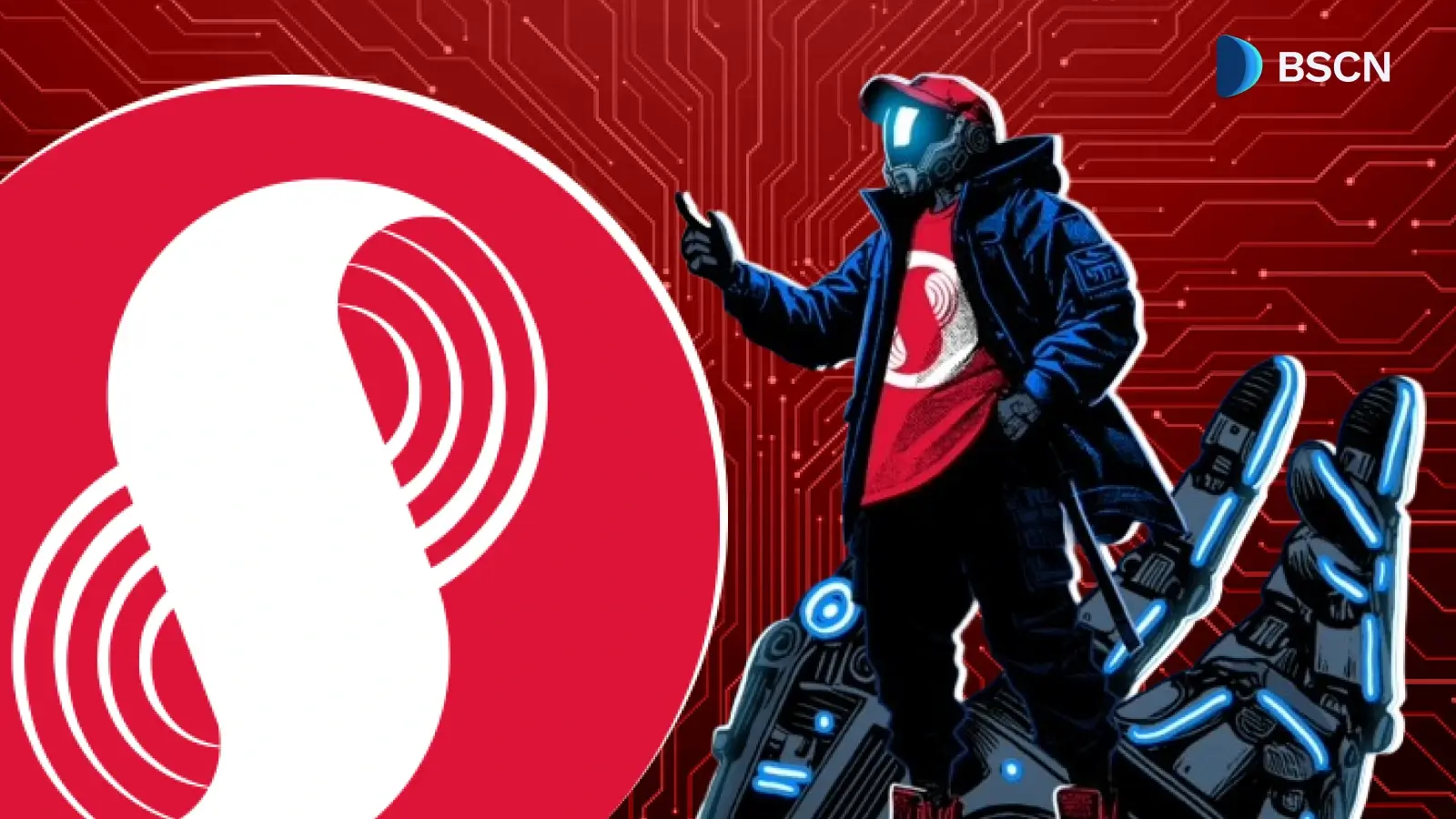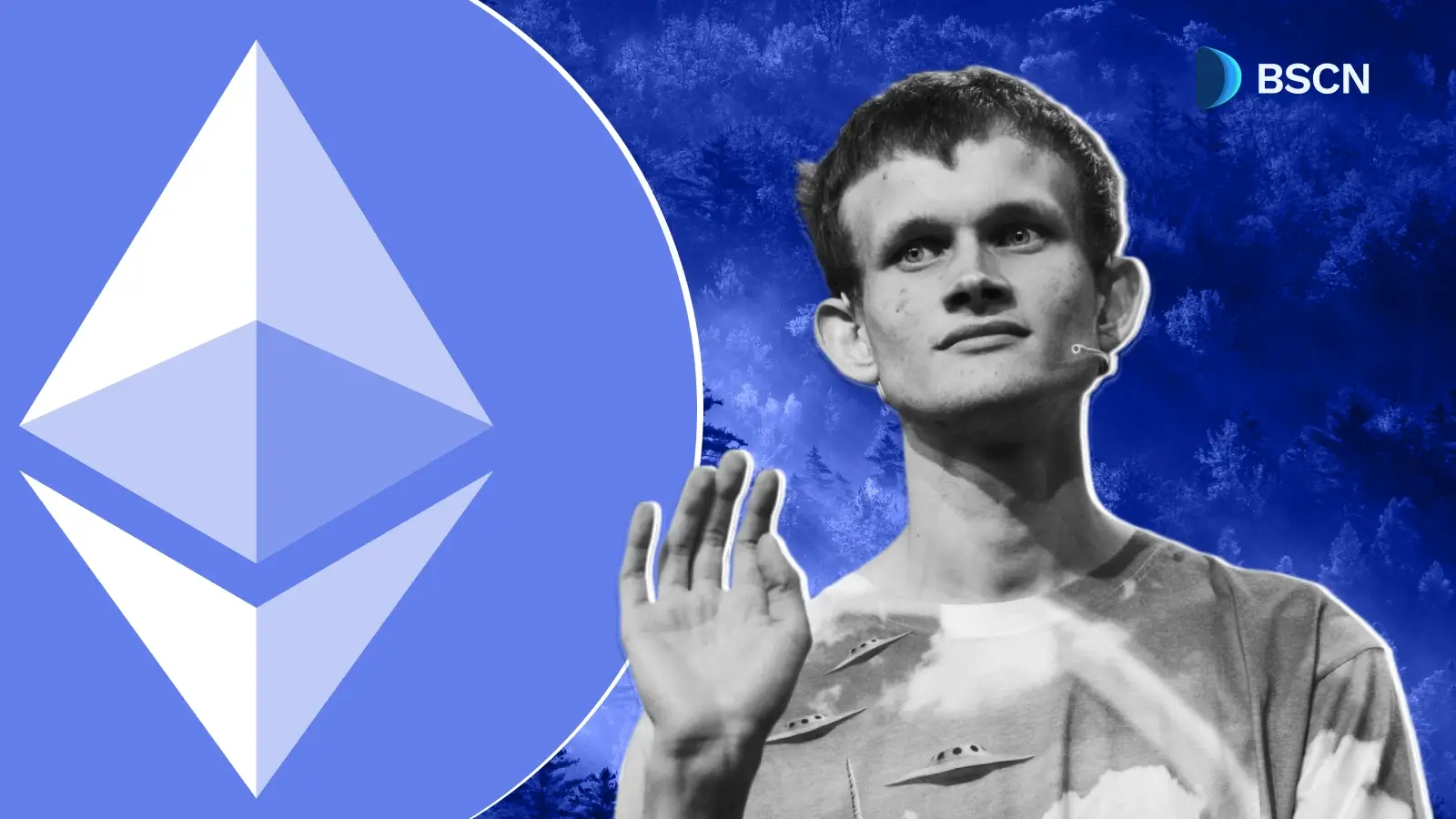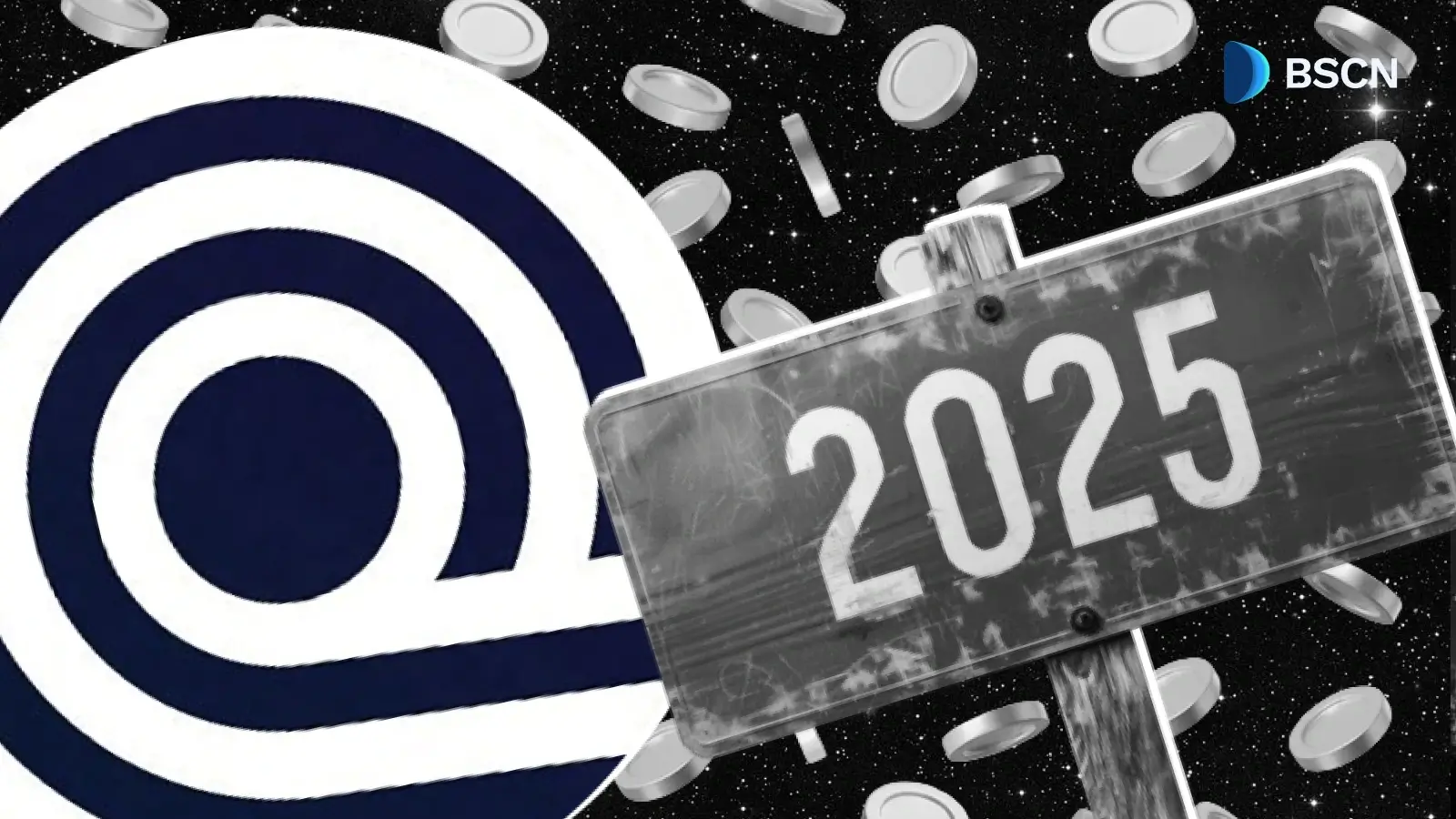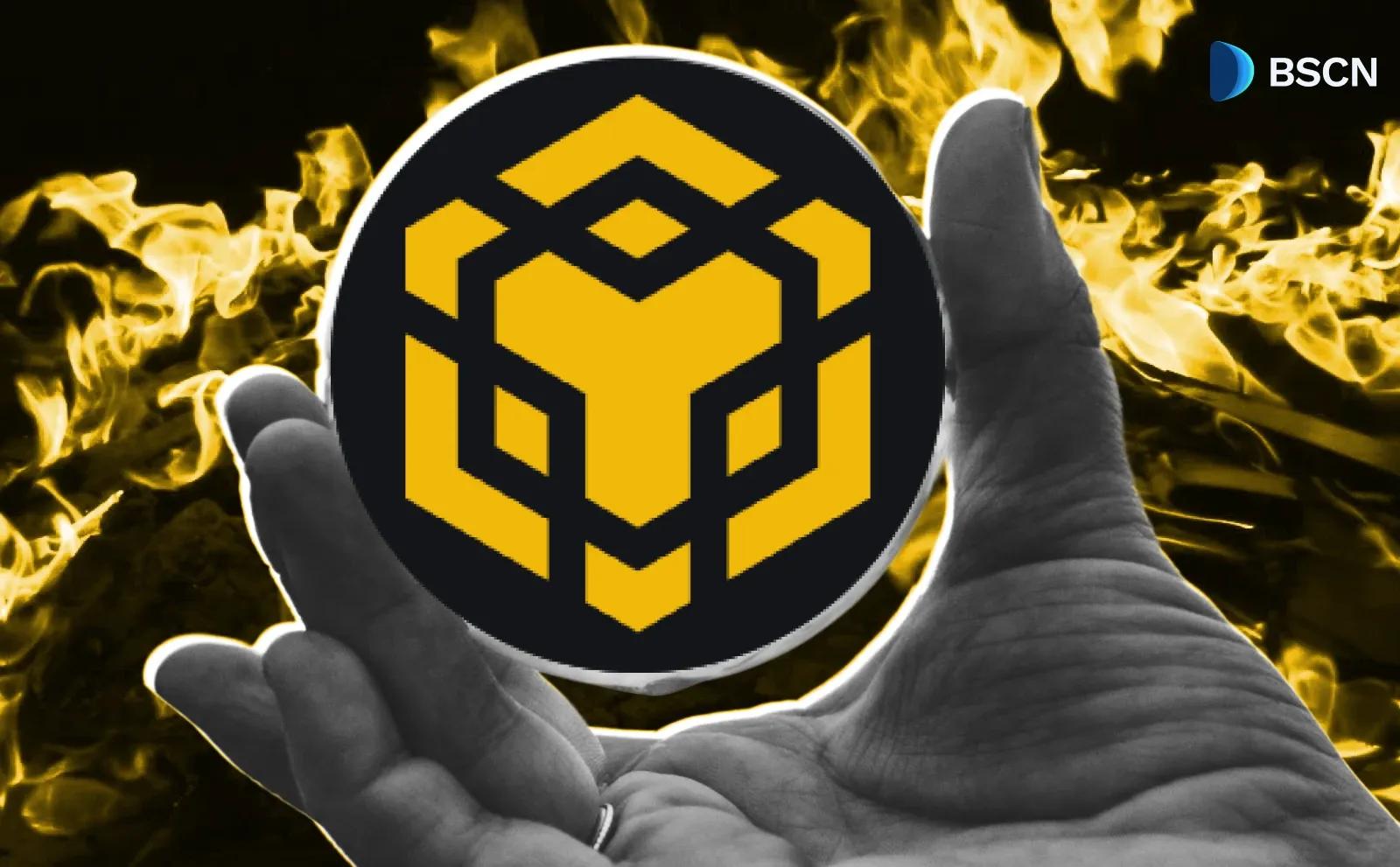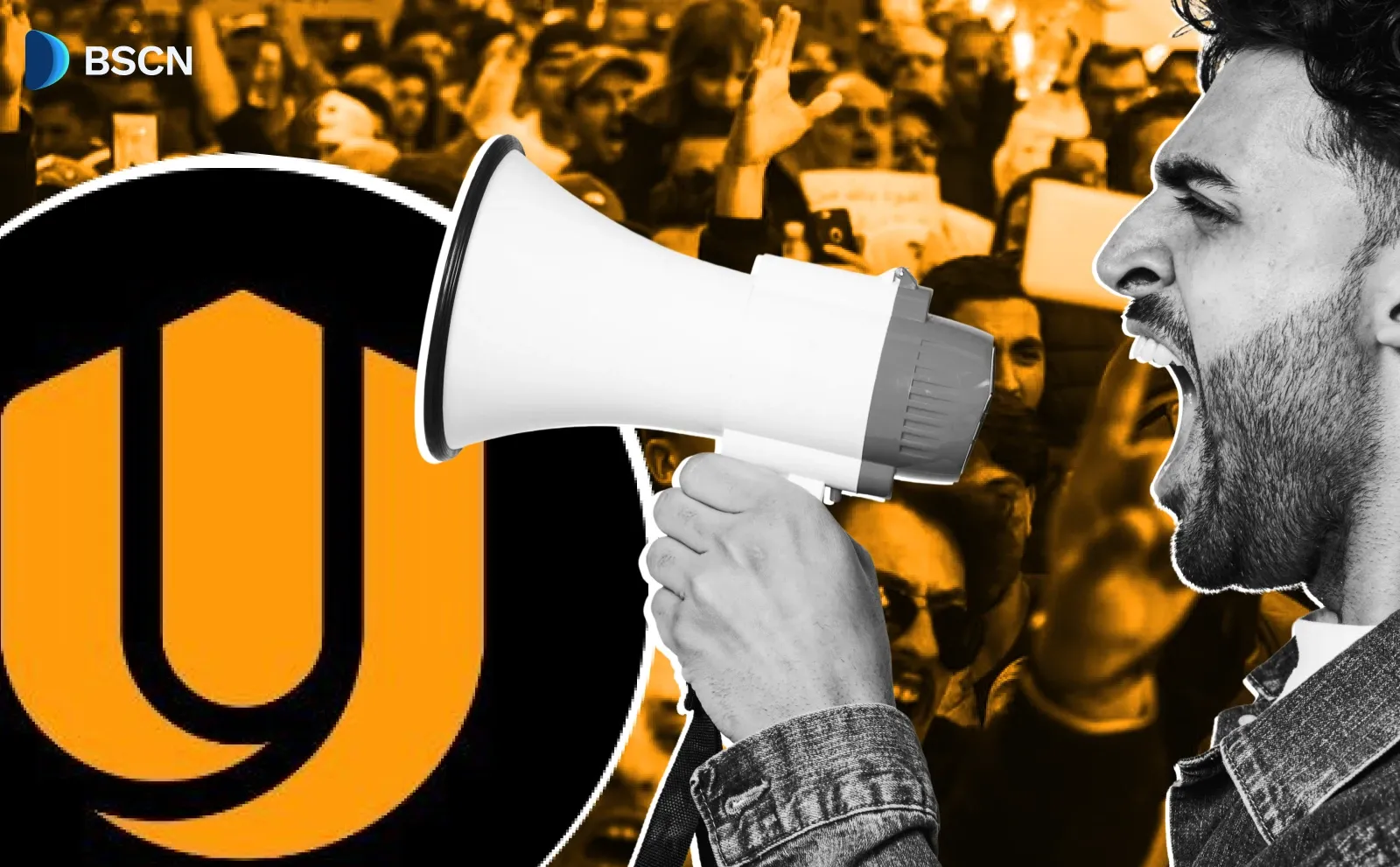Research
(Advertisement)
Update on Kadena Chainweb EVM: Testnet Status and More
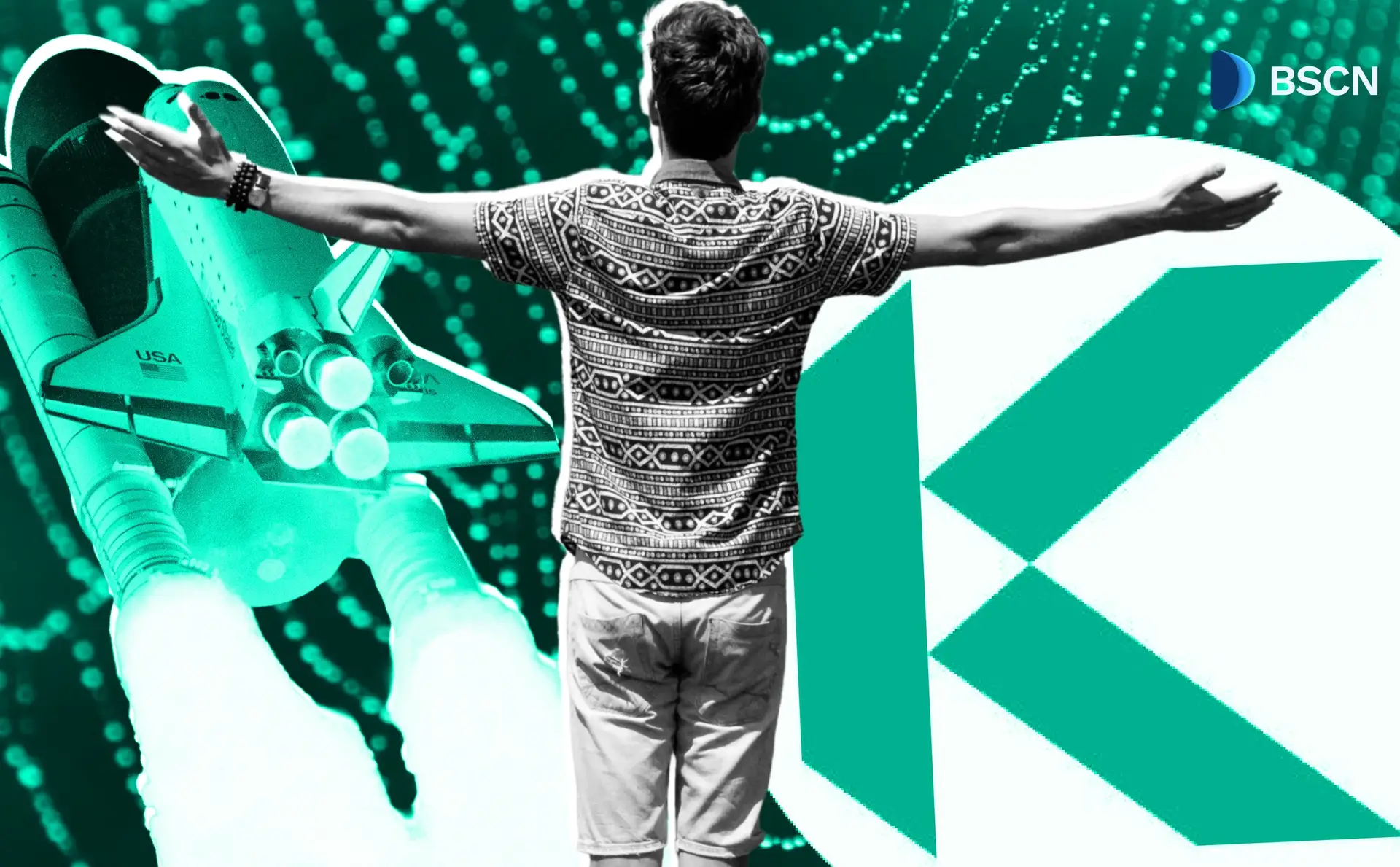
Kadena's Chainweb EVM, introduced in April 2025, is in public testnet with 50+ integrations, low fees, and scalable Proof-of-Work for Ethereum apps.
UC Hope
August 15, 2025
(Advertisement)
Table of Contents
Update [October 22, 2025]: On Tuesday October 21st, 2025, Kadena’s official X/Twitter account announced the Kadena organization’s complete cessation of business and operation activities.
“We regret to announce that the Kadena organization is no longer able to continue business operations and will be ceasing all business activity and active maintenance of the Kadena blockchain immediately”, began the official post.
The post claimed “market conditions” as the reason behind the shutdown, with little-to-no further clarification beyond this.
The post also highlighted, however, that the “Kadena blockchain is not owned or operated by the company” and that both the $KDA token and the protocol “will also continue in our absence”.
An Update on Kadena's Chainweb EVM
Since its launch in June 2025, Kadena's Chainweb EVM has progressed with its public testnet phase, boasting integrations from over 50 projects and a $50 million grant program supporting development.
Kadena Chainweb EVM serves as an Ethereum Virtual Machine (EVM)-compatible execution layer on the Chainweb protocol, a Layer 1 Proof-of-Work blockchain. According to Kadena’s documentation, it addresses scalability challenges in Ethereum by enabling Solidity developers to deploy applications without changes. This positions Chainweb EVM as a decentralized option compared to Ethereum Layer 2 solutions, which often involve trade-offs in centralization.
While some blockchain protocols handle high transaction volumes but face congestion and high fees, Chainweb EVM utilizes parallel chains to increase throughput. Kadena, operational since 2016, integrates this with its existing network of 20 chains, expanding to a total of 25 chains. This setup supports energy-efficient Proof-of-Work security while allowing Ethereum-compatible tools. The relevance lies in providing developers with an alternative for building decentralized applications in areas like Decentralized Finance (DeFi) and real-world asset tokenization, without relying on rollups.
What are the Core Features of Chainweb EVM?
Chainweb EVM includes several technical elements designed for scalability and compatibility.
Parallel Chain Architecture: The system operates on five dedicated EVM chains, allowing for infinite scalability through the addition of further chains. This structure processes transactions in parallel, reducing bottlenecks seen in single-chain networks. This feature stems from Chainweb's braided chain design, where chains validate each other, enhancing security without compromising speed. Developers can deploy contracts across chains, leveraging cross-chain communication for complex applications.
Near-Zero Gas Fees: Transactions incur minimal costs due to the efficient Proof-of-Work consensus and parallel processing. Unlike Ethereum's variable fees, Chainweb EVM maintains low expenses even under load. The fee structure supports high-volume use cases, such as frequent trades in decentralized exchanges, by distributing computation across chains.
EVM Compatibility: Full support for Solidity and Ethereum tools allows direct porting of applications. This includes integration with wallets like MetaMask and development environments like Hardhat. Compatibility extends to standards like ERC-20 and ERC-721, facilitating token transfers and non-fungible token operations without rewrites.
Energy-Efficient Proof-of-Work: Chainweb uses a variant of Proof-of-Work that consumes less energy than traditional models, while preserving decentralization. This efficiency stems from the protocol's design, which distributes mining efforts across multiple chains, thereby reducing overall computational waste.
These features collectively enable Chainweb EVM to handle Ethereum workloads on a more scalable basis, appealing to developers seeking Proof-of-Work security in an EVM context.
Testnet Status and Milestones
Chainweb EVM launched in the public testnet in June 2025. The testnet expanded Kadena's network to 25 chains, with EVM functionality on chains 20-24. Over 200 developers and 50 projects have engaged, deploying applications and testing integrations.
Milestones began with the April 2025 announcement, highlighting EVM on a scalable Proof-of-Work network. In June, the testnet went live at EthCC in Cannes, accompanied by a developer portal offering open-source tools, a KDA faucet, and documentation. Chain 20 reached over 1,000 transactions and 50,000 blocks soon after.
A Q2 2025 overview confirmed compatibility with Ethereum tools. Most recently, in August, the project hosted a workshop at ETH Vietnam for Solidity developers and offered ongoing incentives, including DeFi Legends Week 7, which distributed 6,000 KDA for trading volume.
A cabinet poll (CAB-4) passed to fund a Developer Advocate Program, supporting community growth. The testnet features block explorers and wallets such as eckoWALLET, Linx, Koala, Zelcore, and Chainweaver.
Protocols Integrated on the Testnet
Several protocols have been deployed on Chainweb EVM testnet, focusing on decentralized finance and interoperability.
Uniswap v3: integrated in July 2025, provides concentrated liquidity and automated market makers with sub-cent fees across parallel chains. This deployment enables efficient token swaps, drawing liquidity to Kadena's ecosystem.
Morpho: Launched permissionless lending infrastructure in July, supporting capital-efficient borrowing and lending. Morpho's setup allows users to optimize yields in a low-fee environment.
Oku: Introduced a unified interface for trading on Uniswap v3 and lending on Morpho, potentially accessing $9 billion in decentralized finance liquidity for KDA. Oku's tools include advanced order types and analytics.
VIA Labs: Added cross-chain bridges in July, connecting to over 135 blockchains and supporting assets such as USDT, USDC, and WDAI. This facilitates asset transfers, enhancing interoperability.
Relend Network: Enabled rUSDC supply for Proof-of-Work DeFi, bootstrapping money markets with Ethereum liquidity. Relend focuses on stablecoin lending protocols.
DIA Oracles: Went live in July, delivering trustless price feeds for lending, derivatives, and stablecoins. DIA's oracles ensure accurate data for financial applications.
Morkie: Launched a multi-chain Non-Fungible Token (NFT) platform for minting, staking, and earning with near-zero fees. Morkie supports creative assets on the testnet.
Accumulated Finance: Deployed an omnichain liquid staking and lending protocol in August, allowing KDA staking with boosted rewards and leverage. This protocol integrates staking mechanics with low-cost transactions.
Stork: Added modular oracles for perpetual decentralized exchanges. Stork provides data for derivatives trading.
Other integrations include Euler Finance, Dexalot, and Gearbox. Overall, these integrations demonstrate Chainweb EVM's capacity for hosting diverse applications, with a $50 million grant program allocating $25 million to EVM initiatives in decentralized finance and real-world assets.
Future Plans for Mainnet and Beyond
Kadena plans to advance Chainweb EVM toward the mainnet, building on feedback from the testnet. The grant program will continue funding projects in decentralized finance, real-world assets, and artificial intelligence. Community efforts, including the Developer Advocate Program, aim to expand developer support.
Ongoing incentives and events, like workshops, will drive adoption. The focus remains on onboarding more applications and increasing liquidity through integrations.
In the meantime, the protocol has yet to announce the specific date for the Chainweb EVM mainnet. For now, development prioritizes testnet stability and integrations, with progress indicating a potential rollout once milestones are met.
Conclusion
Chainweb EVM's public testnet has achieved integrations with more than 50 projects, including protocols such as Uniswap v3 for liquidity provision, Morpho for lending, and DIA Oracles for price feeds.
Furthermore, community initiatives, including workshops at events like ETH Vietnam and incentives like DeFi Legends Week, have engaged over 200 developers. While no mainnet launch date has been announced, the progress in testnet stability and ecosystem growth builds anticipation for its deployment in the near future, expanding Kadena's capabilities for Ethereum-compatible applications on a scalable Proof-of-Work network.
Resources:
- Kadena Official Documentation: docs.kadena.io/guides/nodes/evm-devnet
- Kadena ChainWeb EVM: https://decrypt.co/313142/kadena-solves-ethereum-scalability-with-chainweb-evm
- Kadena EVM Testnet Launch Details: https://blockworks.co/news/kadena-ethereum-devs-l1
Read Next...
Frequently Asked Questions
What is the current status of Kadena Chainweb EVM?
Chainweb EVM is in public testnet as of August 2025, with five dedicated chains and over 50 integrated projects.
Which protocols have integrated with Chainweb EVM testnet?
Protocols include Uniswap v3 for liquidity, Morpho for lending, and DIA Oracles for price feeds, among others.
When is the mainnet launch for Chainweb EVM?
No launch date has been set; the focus is on testnet development and integration.
Disclaimer
Disclaimer: The views expressed in this article do not necessarily represent the views of BSCN. The information provided in this article is for educational and entertainment purposes only and should not be construed as investment advice, or advice of any kind. BSCN assumes no responsibility for any investment decisions made based on the information provided in this article. If you believe that the article should be amended, please reach out to the BSCN team by emailing [email protected].
Author
 UC Hope
UC HopeUC holds a bachelor’s degree in Physics and has been a crypto researcher since 2020. UC was a professional writer before entering the cryptocurrency industry, but was drawn to blockchain technology by its high potential. UC has written for the likes of Cryptopolitan, as well as BSCN. He has a wide area of expertise, covering centralized and decentralized finance, as well as altcoins.
(Advertisement)
Latest News
(Advertisement)
Crypto Project & Token Reviews
Project & Token Reviews
Comprehensive reviews of crypto's most interesting projects and assets
Learn about the hottest projects & tokens




